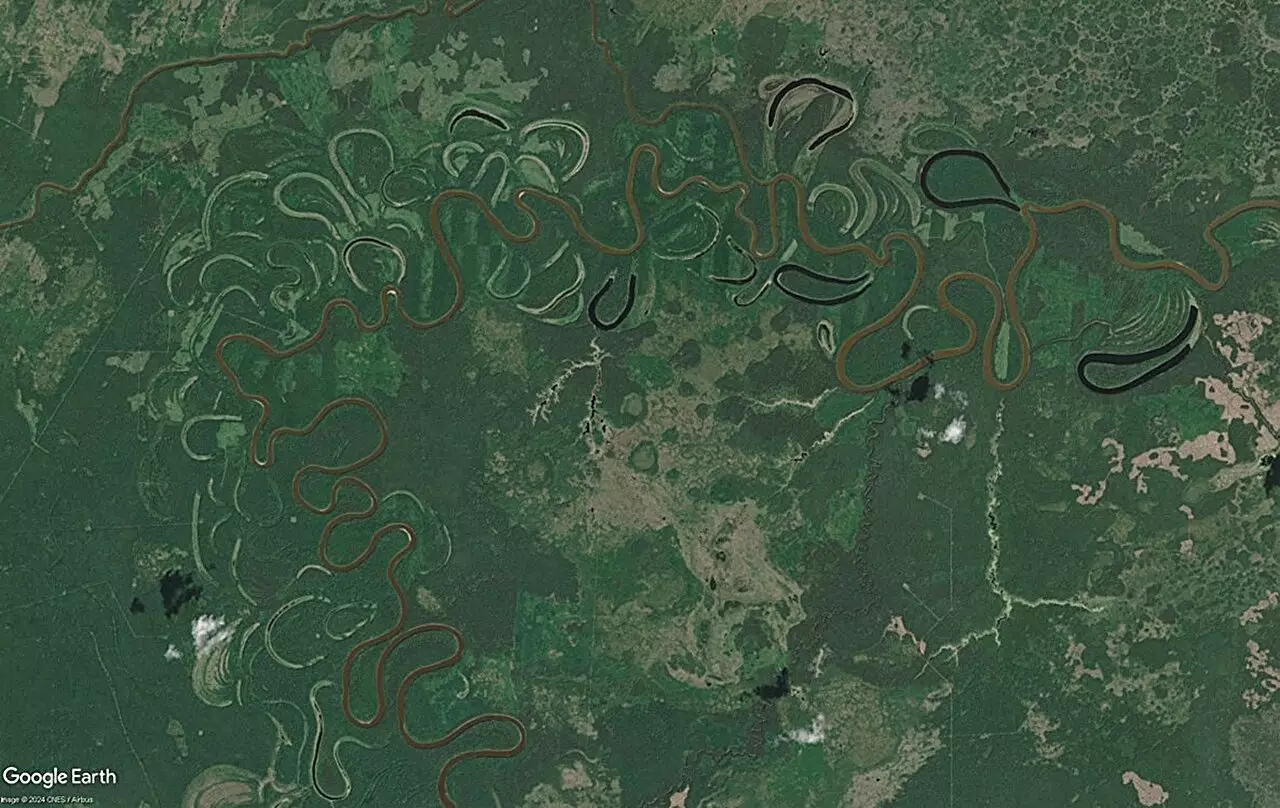Historically, assessing rivers has heavily relied on their vegetative characteristics and sedimentary formations, consequently presenting a somewhat static view of these dynamic systems. Enter Riccardo Maitan, a trailblazing Ph.D. candidate from the University of Padova, challenging tradition with his cutting-edge methodology. Maitan’s research shifts focus from mere deposition patterns to an intricate evaluation of hydrological behavior. By investigating the nuances of river morphodynamics, he exposes an often-overlooked aspect: the variability of peak discharge rates within meandering rivers. This inventive perspective is not simply a minor adjustment to traditional assessment methods; it represents a fundamental shift that could redefine our understanding of river systems.
Harnessing Big Data for Analysis
Maitan’s research paradigm draws from a rich dataset that spans over 15 years, integrating extensive USGS data with Google Earth’s evolving imagery. His recent work, published in the journal *Geology*, meticulously analyzes a diverse global set of 22 rivers stretching over 5,500 kilometers. This ambitious approach encapsulates not only the breadth of the rivers themselves but also the intricacies of their behavior over time. The large-scale examination underscores the interconnectedness of hydrological phenomena and the geosciences, aiming for sustainable development and responsible management of these critical ecosystems.
The Critical Role of Bend Cutoffs
A pivotal element of Maitan’s study is the concept of bend cutoffs, which serve as a crucial mechanism in the evolution of rivers flowing through alluvial plains. The distinctions between neck and chute cutoffs provide important insights into river dynamics and their various influences on surrounding landscapes. Neck cutoffs, as illustrated by the Purus River, occur when a land bridge between bends fails, leading to a natural reorganization of the river course. Alternatively, chute cutoffs, evident in the Powder River, arise when rivers carve new channels, bypassing meanders entirely. These cutoffs dictate not just the flow of water but also how sediment is deposited across the floodplain, shaping the environment for years to come.
Understanding Hydraulic Variability
Delving deeper into the mechanisms that govern cutoff regimes, Maitan’s research identifies key factors such as climate variability and vegetation cover. However, it is the frequency and nature of overbank flooding events that emerge as critical determinants. Rivers with stable discharge variability tend to follow a neck cutoff pattern, while those subject to abrupt and intense flooding favor chute cutoffs. This relationship highlights not only the importance of hydrology in shaping river landscapes, but it also raises important questions about how these systems adapt to changing environmental conditions.
Anthropogenic Influence and Its Consequences
One of the most striking implications of Maitan’s work lies in the potential consequences of human intervention. Traditional practices such as dam construction, designed ostensibly for flood control, may inadvertently alter the natural course of river evolution. By stabilizing discharge rates, these interventions might shift rivers from a chute cutoff regime—characterized by dynamic shifts—to a more static neck cutoff state. The ramifications are vast: increased bend cutoffs lead to straighter rivers, with sediment residence times decreasing, affecting carbon cycles within alluvial plains. Such insights are essential for environmentalists and policymakers who strive to balance development with ecological preservation.
Broader Implications for River Management
Maitan’s groundbreaking research opens the floodgates to a deeper understanding of river behavior and its implications for sustainability. By focusing on hydrological variability and its impact on geomorphological characteristics, his work stresses the necessity for holistic river management strategies. In a time when climate change presents unprecedented challenges, adapting our understanding and practices surrounding river systems is not merely beneficial; it is essential. Recognizing the intricate dance between hydrology, geomorphology, and human activity will inform better conservation efforts, ultimately leading us to a more sustainable coexistence with these vital ecosystems.


Leave a Reply